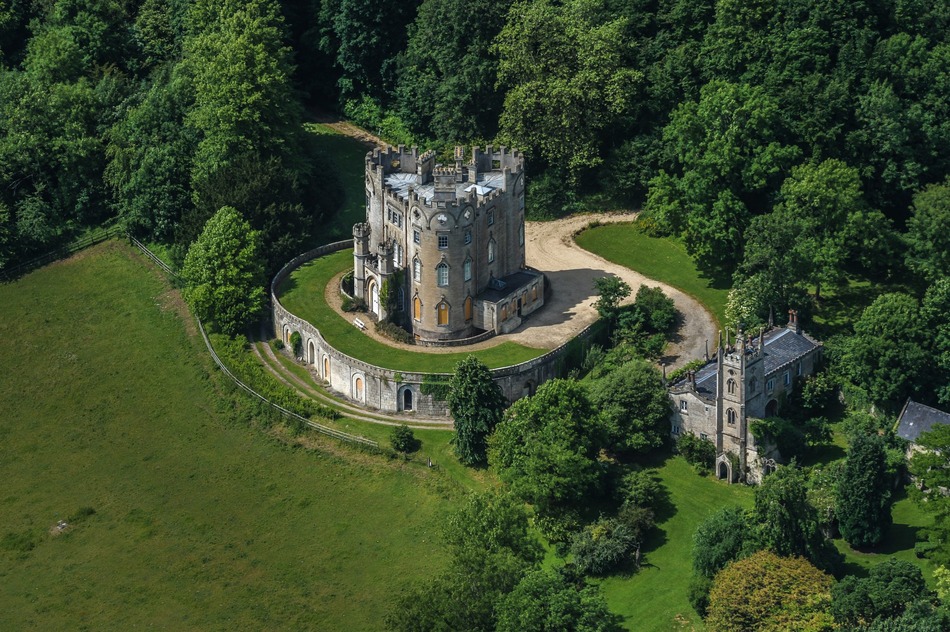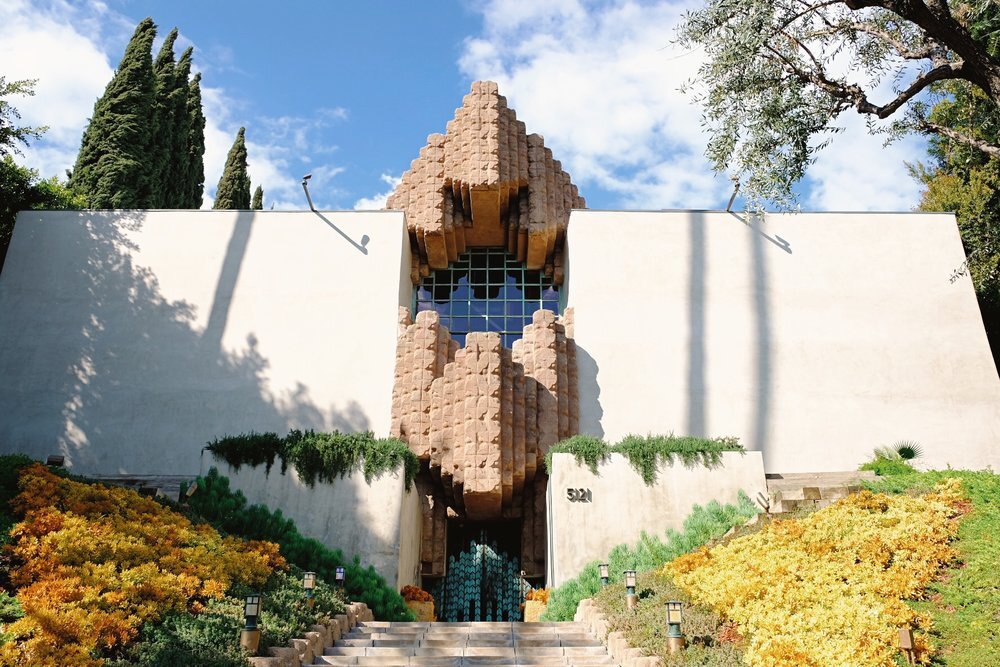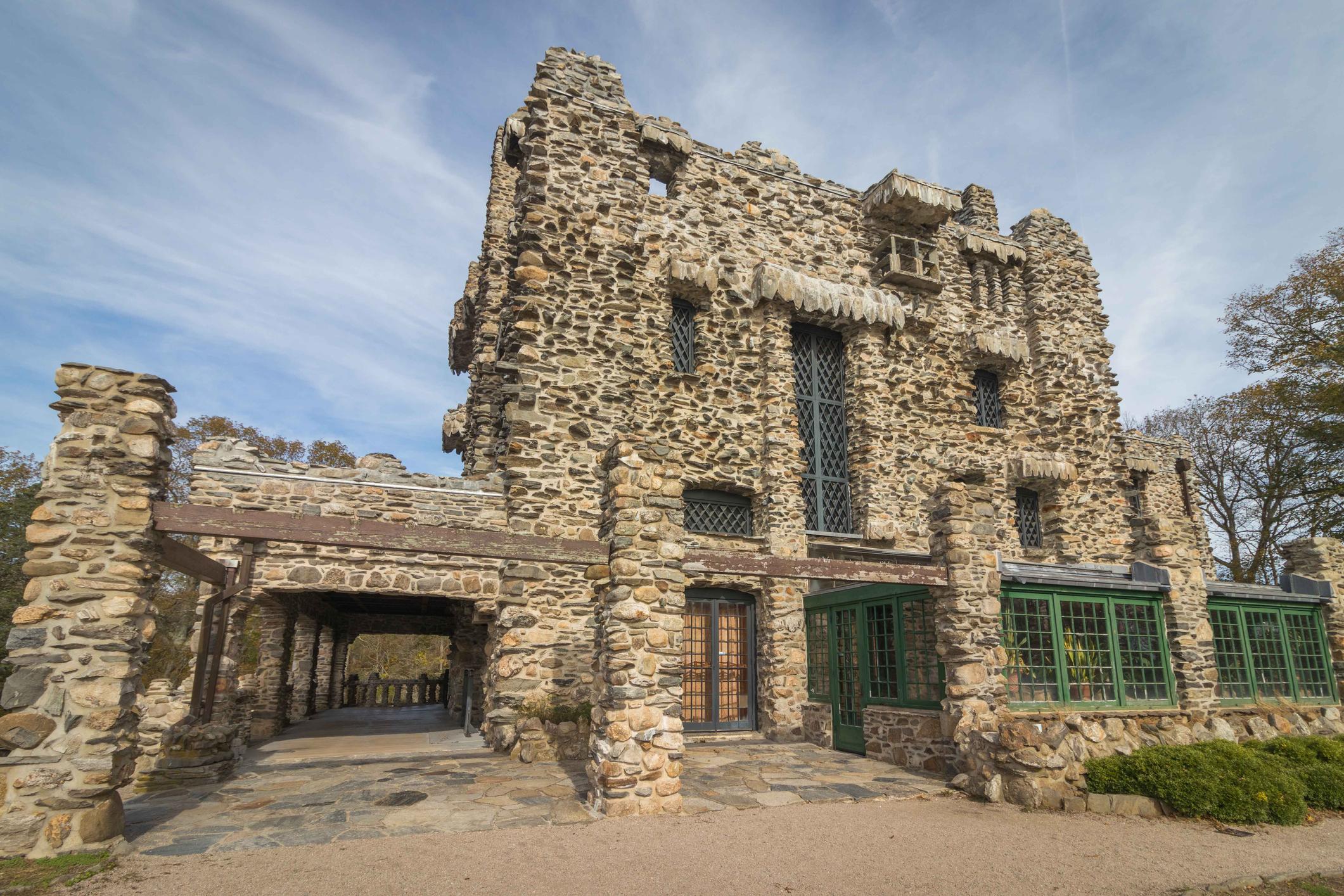Ashby Manor House is one of the most intriguing manor houses in England. Located in the small village of Ashby St Ledgers, just 7 miles from the historic town of Rugby, this amazing house has an incredible history behind it.
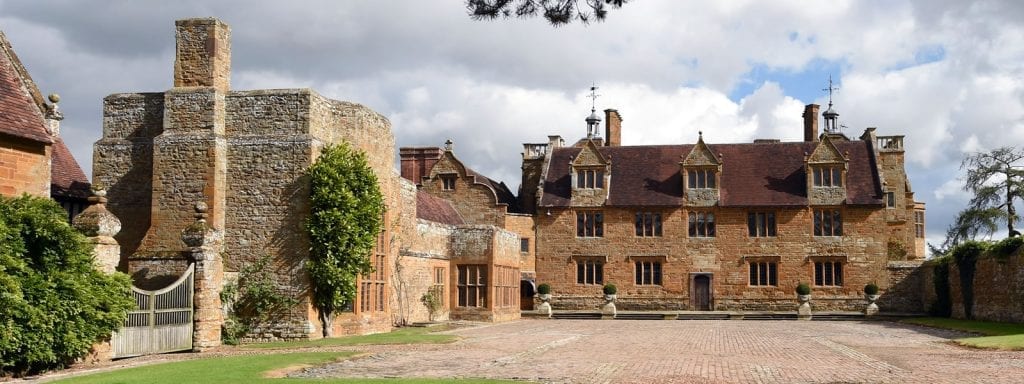
[title_mod title_name=”THE HISTORY OF ASHBY MANOR HOUSE” title_background_color=”#fc64aa” title_color=”#ffffff”]
In 1068, following the Norman Conquest, the Ashby Manor House, as well as another 99 manors, were gifted to Hugh de Grandmesnil by William the Conqueror.
Hugh was one of William the Conquerors very few proven companions. He fought at the Battle of Hastings in 1066, and subsequently going on to become a great landowner in England.
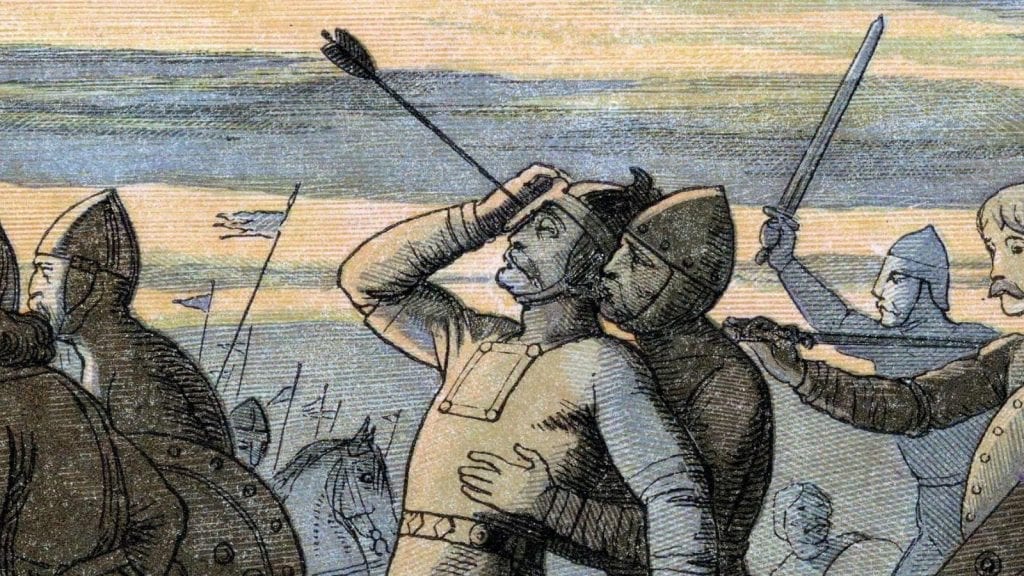
William the Conqueror and his Norman-French army defeated the English army led by Harold Godwinson. It is thought Harold died from an arrow to the eye.
In the years after Hugh’s death, the house passed from family to family until 1199 when the Cranford family take ownership of the property. In 1375, Emma Cranford married John De Catesby from the nearby village of Ladbroke. The Catesby family would own the manor until 1611, however, a lot would happen during that time.
In 1485 Sir William Catesby, councilor to Richard III and Chancellor of the Exchequer was captured at the Battle of Bosworth. He was subsequently executed at Leicester and his estates, including Ashby Manor House, were temporarily confiscated by Henry VII. The house would later be returned to his son, George.
THE GUNPOWDER PLOT OF 1605
In 1605, the year of the Gunpowder Plot, Robert Catesby made Ashby St Ledgers a kind of command center as it was a central location for many of his friends and relatives.
In the room above the Gatehouse, with privacy from the main house and great views of the surrounding area, Robert Catesby, his servant Thomas Bates and other conspirators are said to have planned a great deal of the Gunpowder Plot.
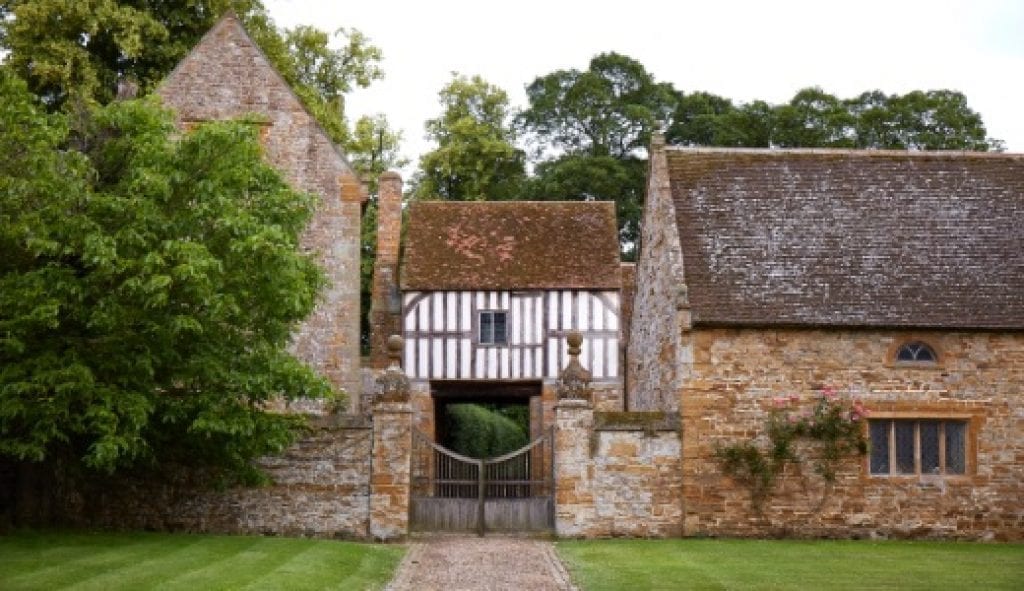
The Gatehouse, in this room much of the Gunpowder Plot was planned.
For those who don’t know, the Gunpowder Plot was an attempt to blow up King James I and his parliament. Catesby was a devout Roman Catholic at a time of religious turmoil in England. Protestants and Catholics were at war over Henry VIII’s creation of the Church of England, which displaced Catholicism and the pope.
Catesby’s plan was simple, blow up parliament by planting barrels of gunpowder in the tunnels under Westminster. His plot however failed, Lord Monteagle, a Catholic member of the House of Lords was tipped off by an anonymous letter telling him to stay away from parliament on November 5th because “they shall receive a terrible blow this parliament and yet they shall not see who hurts them”.
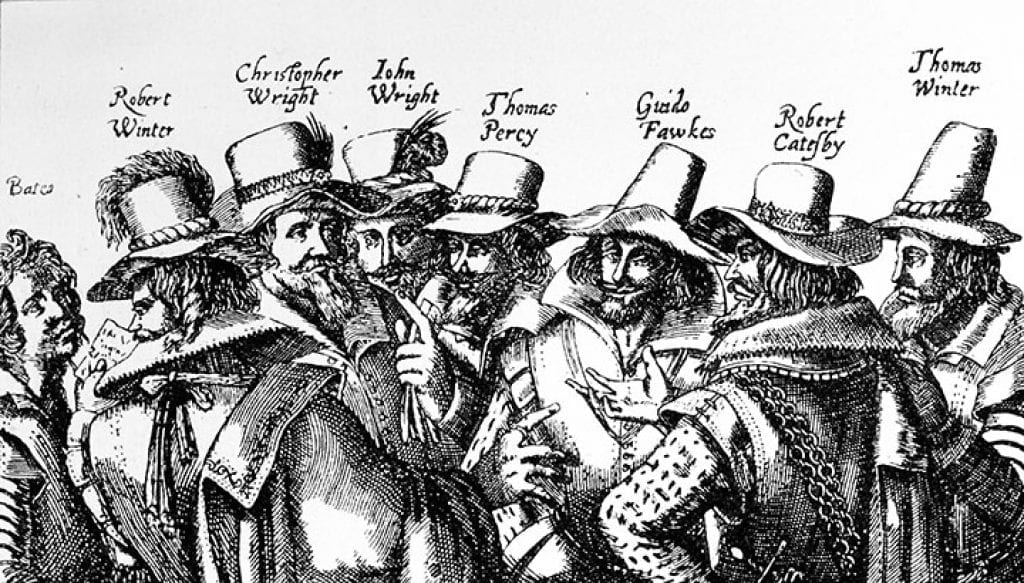
Monteagle alerted authorities and Guy Fawkes, one of Catesby’s soldiers was caught red-handed underneath parliament. Despite Guy Fawkes merely being a soldier of Robert Catesby, it is he who became most infamous.
Every year in the UK, on November 5th, bonfires are lit and fireworks light up the sky, celebrating the capture of Guy Fawkes. Effigies of Guy are burned on the bonfires across the country, while children play with sparklers and eat candyfloss (cotton candy).
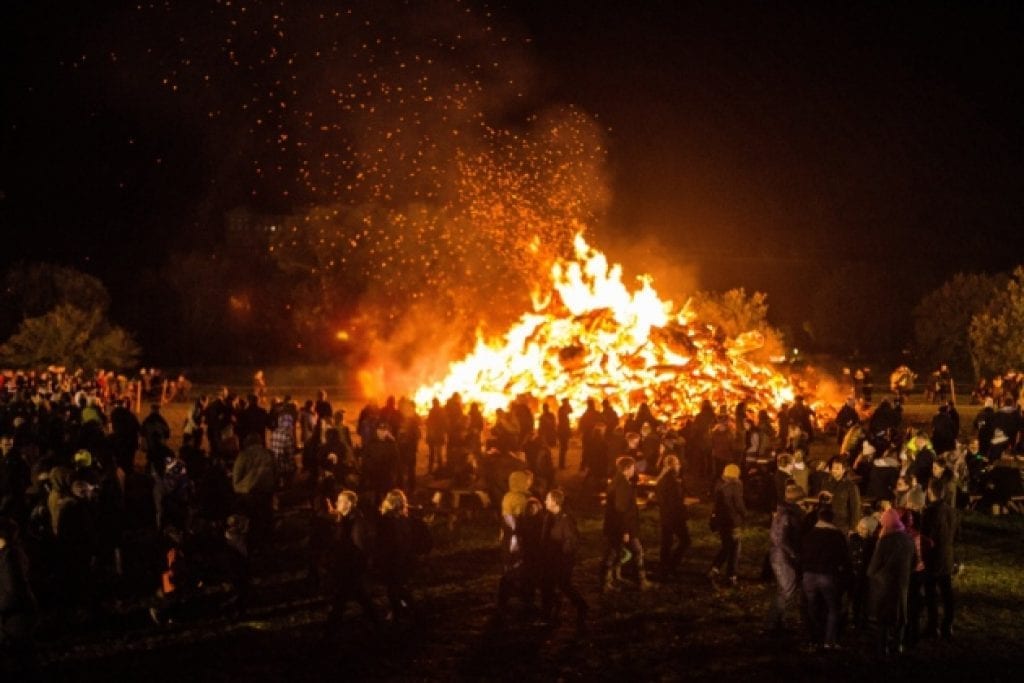
Now you may wonder what became of Guy, well, he was tortured and then taken to be hung, drawn and quartered on January 31st, 1606. As he climbed the ladder to the platform, he threw himself off, breaking his neck and dying instantly, avoiding the gruesome execution that awaited him.
As for Catesby…….
He had not been in London. Instead, he had been with other conspirators in the Midlands, 100 miles north of London, trying to rouse a rebellion of Catholic troops to descend on London in the chaotic aftermath.
Catesby and entourage briefly return to Ashby St Ledgers in flight. Catesby, not wanting to implicate his mother, is said to have waved to his mother at the gate before riding onwards to Holbeche House, Staffordshire where on November 8th he made his last stand.
On November 8th, royalist militia led by the Sheriff of Worcester approached to arrest him and those with him, Catesby decided to fight back rather than hand himself in. He was killed in the gunfight, however, his body would later be exhumed, head cut off, and taken to London, where it was displayed at parliament as a warning to others.
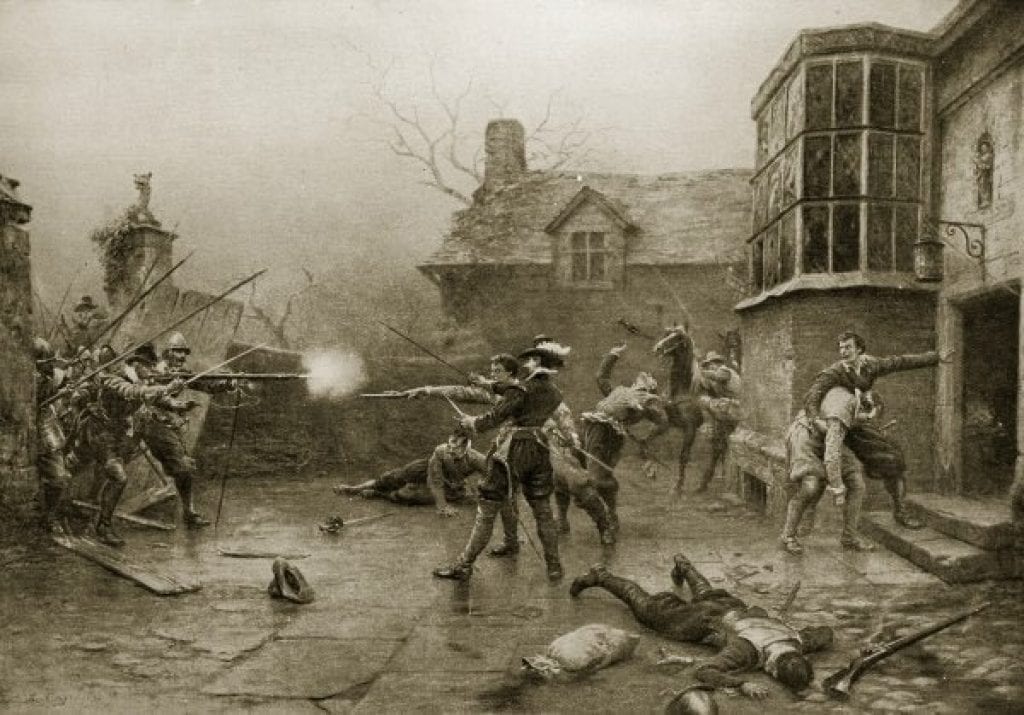
Oh….and Robert Catesby also happens to have been the ancestor of Game of Thrones star Kit Harrington, or ‘Christopher Catesby Harrington’ to give him his full name. However, it gets even stranger than that…
While Kit Harrington is a direct descendant of Robert Catesby on his mother’s side, he is also a direct descendant of King James I, who Robert Catesby tried to blow up, on his father’s side. King James I is Kit Harrington’s ten-times-great-grandfather. Jon Snow, sorry, Kit Harrington, truly is of royal lineage.

MORE HISTORY
Ashby Manor 1605 – 1998
After the Gunpowder Plot had failed, King James I allowed Robert Catesby’s mother to remain in the property until her death in 1611. Sir William Irwing obtains the grant for the manor, ending the Catesby’s association with the house after 236 years.
Over the next three centuries, the property would change hands numerous times. In 1903 the property would be purchased by Ivor Guest, 1st Viscount Wimborne. He would oversee extensive modifications and renovations of the property with help from Sir Edwin Lutyens, a renowned English architect who created the Cenotaph in London.
In 1976, after over 70 years of Wimborne ownership, the grandson of 1st Viscount Wimborne, moved to France, selling Ashby Manor House to the British Airways’ Pension Fund.
However, 22 years later, in 1998, Ivor Guest, the 4th Viscount Wimborne, who also happened to be an Emmy-Award nominated composer, purchased the house at auction and embarked on extensive restorations at the property. The Ashby Manor House has remained in the Guest family ever since.
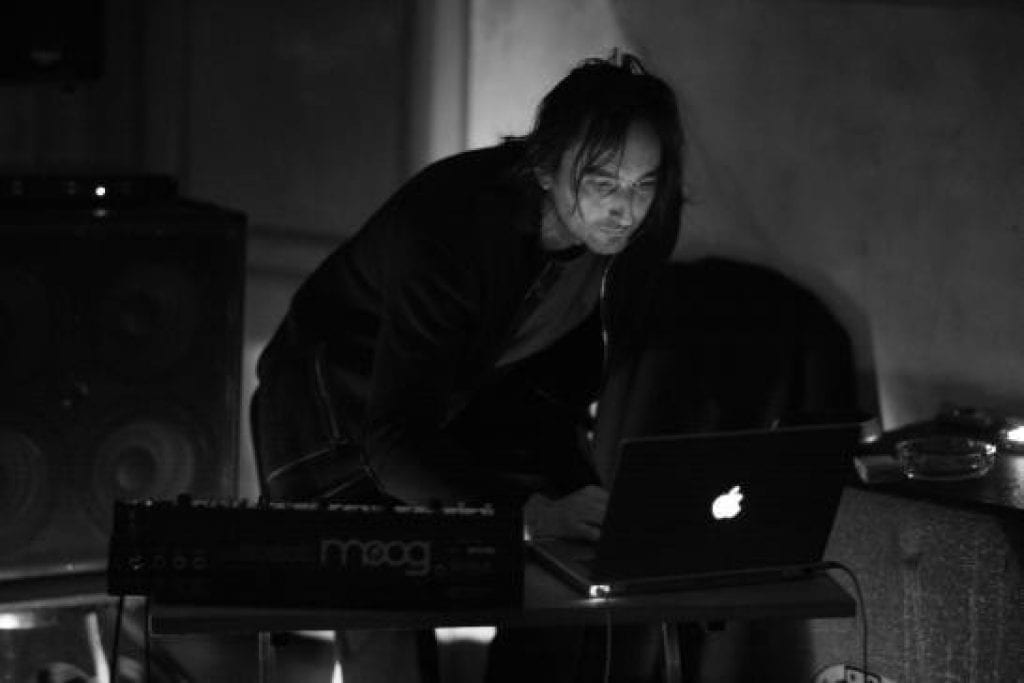
Ivor Guest, 4th Viscount Wimborne, great-grandson of Ivor Guest, the 1st Viscount Wimborne, purchased the property in 1998.
ASHBY MANOR HOUSE TODAY
Thankfully, Ashby Manor House is now available for private hire, meaning the house and gardens can be used for special occasions such as weddings. The property can also accommodate up to 23 people staying overnight. This, of course, means there are plenty of great photos of the house!
And if you’re already married, or no wedding is on the horizon, you can always use it through AirBnB….however, it’s not a cheap stay!
The Ashby St Ledgers Manor House
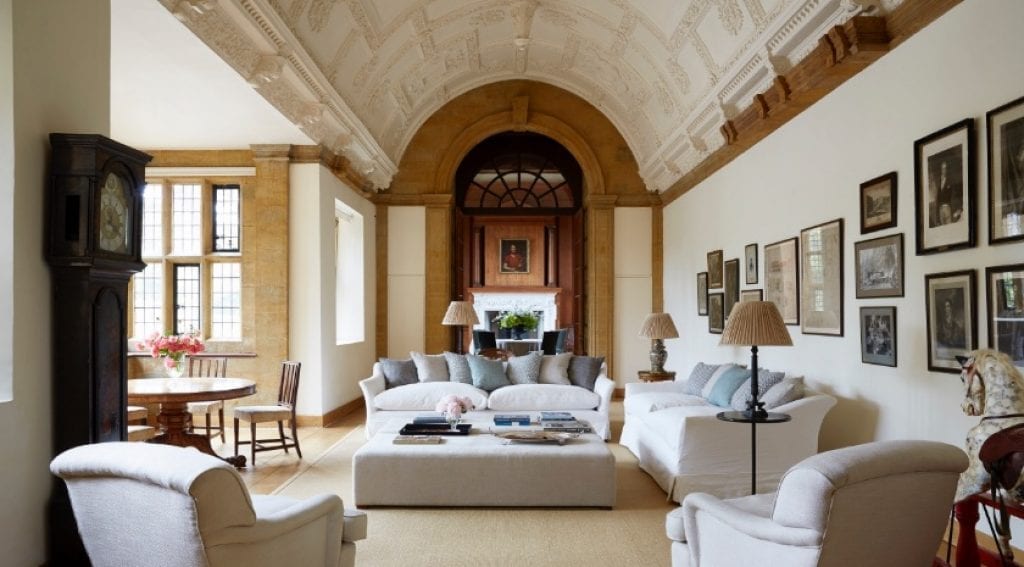
The Lutyens Hall features an ornate barrel ceiling with views across the courtyard.
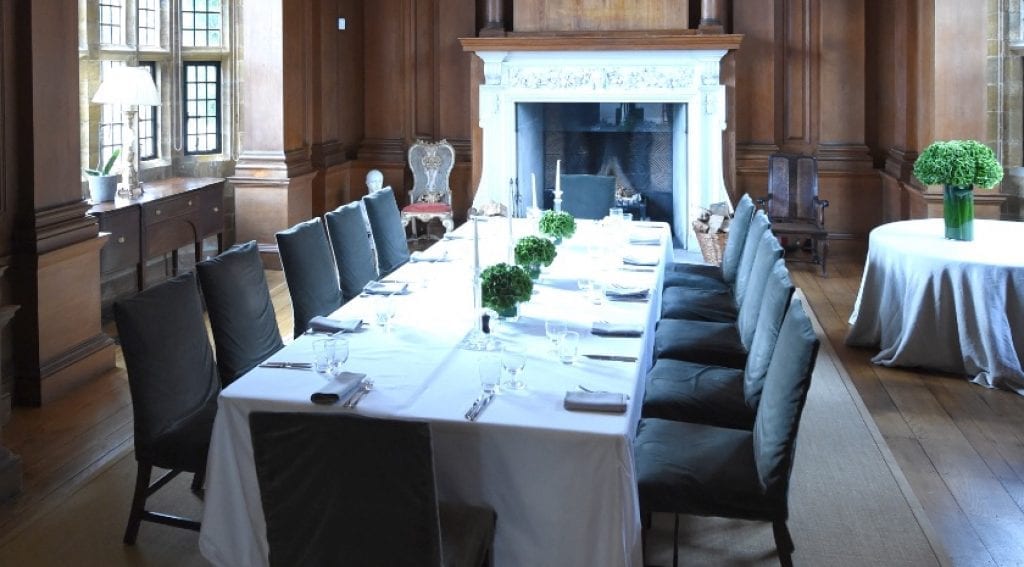
The Lutyens Dining Room features an open fire and high ceiling.
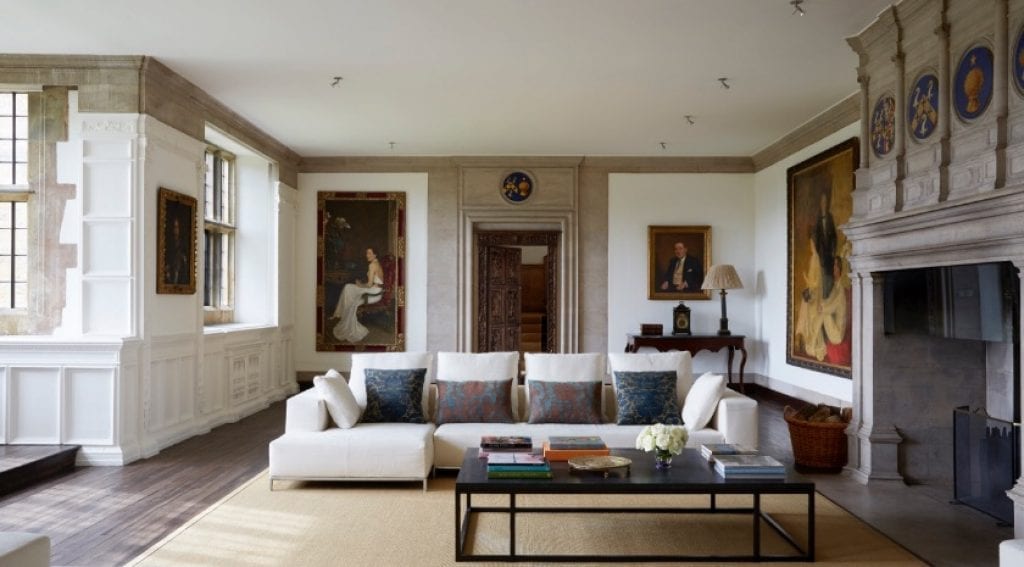
The Music Room, which features a miniature stage for a three-piece band.
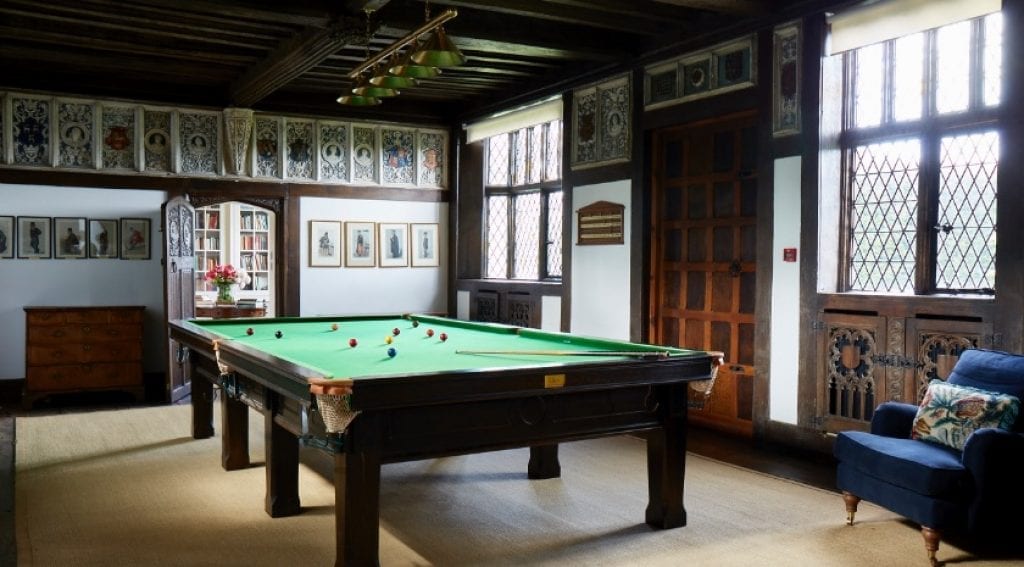
The Billiard Room is found on the ground floor of the Ipswich Wing.
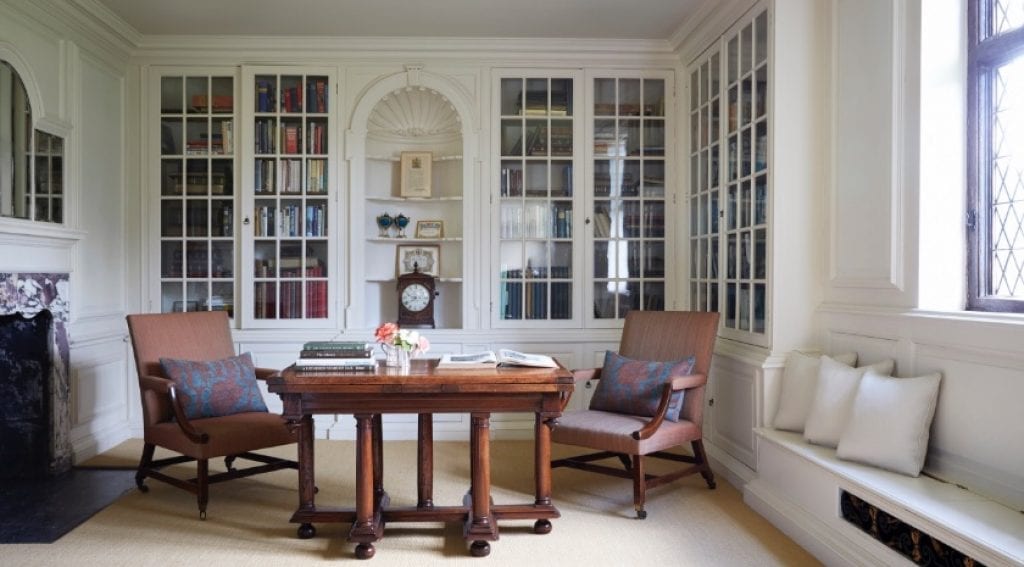
The Library is also found on the ground floor of the Ipswich Wing.
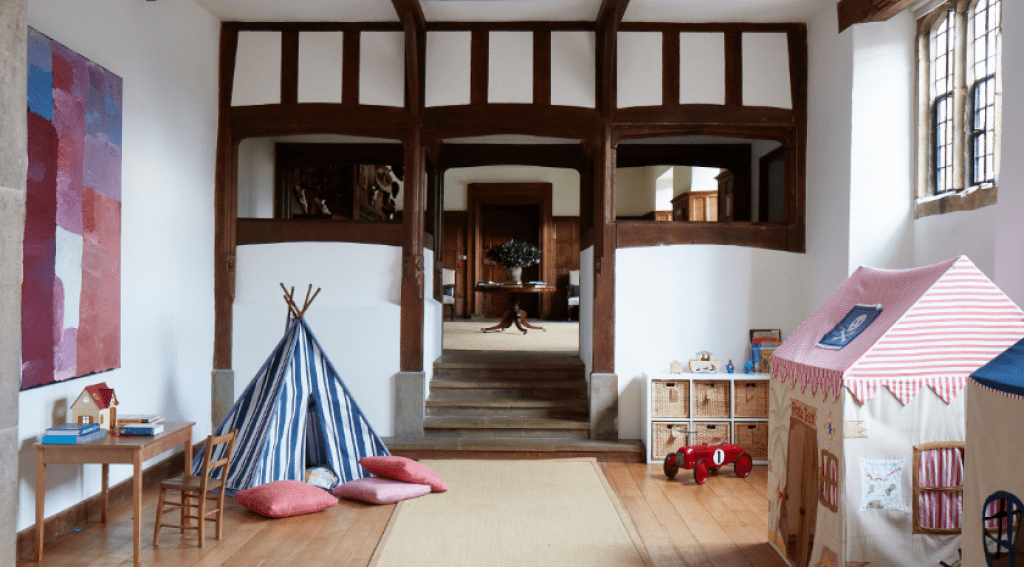
The Middle Hall, which was once the kitchen during medieval times, is now a children’s playroom.
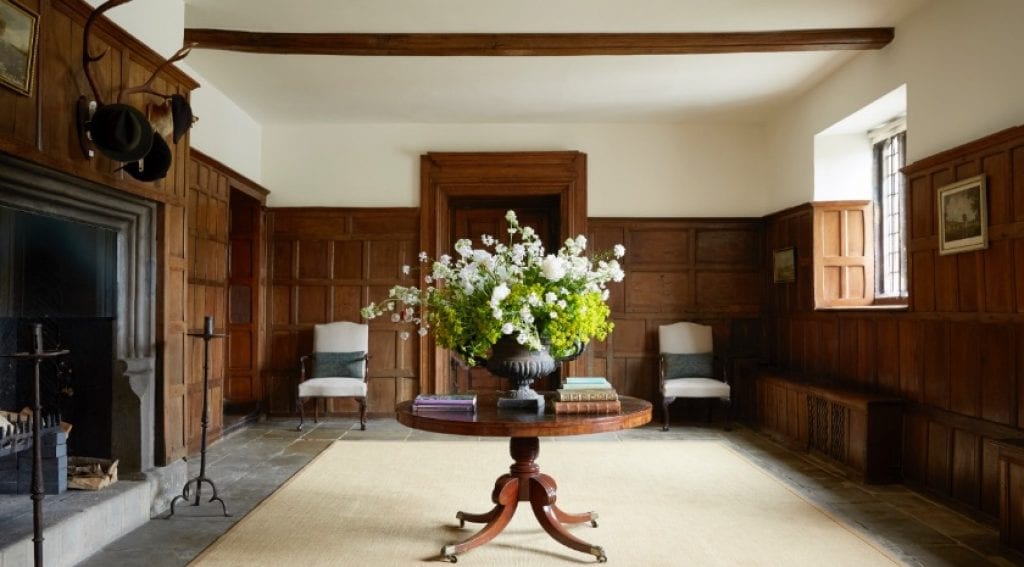
The Upper Hall is one of the oldest parts of the house. It features a large open fire and panelled walls.

Viscount Wimborne’s Study, currently being used as a games room for table tennis.
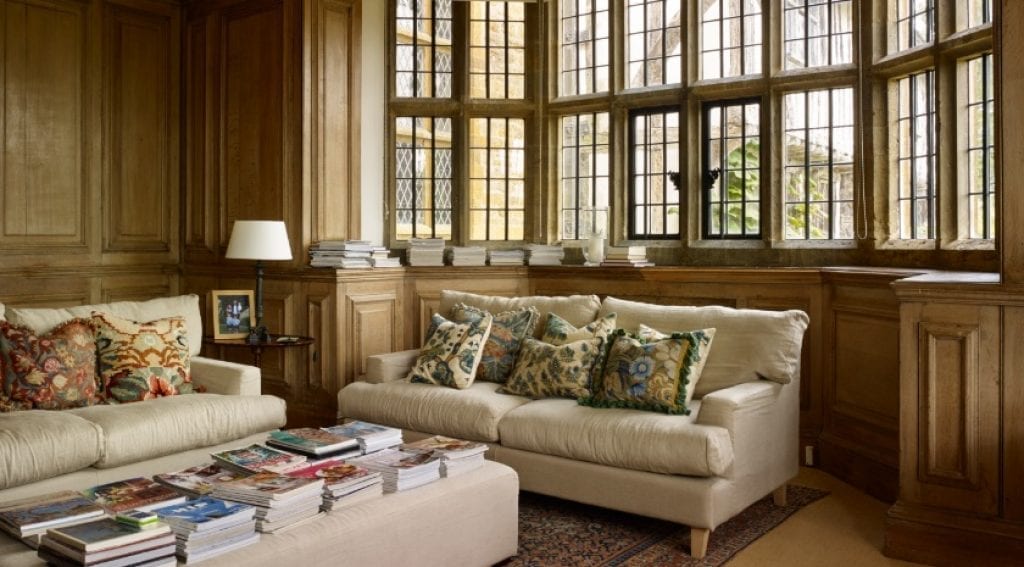
The Card Room, currently being used as a sitting room.
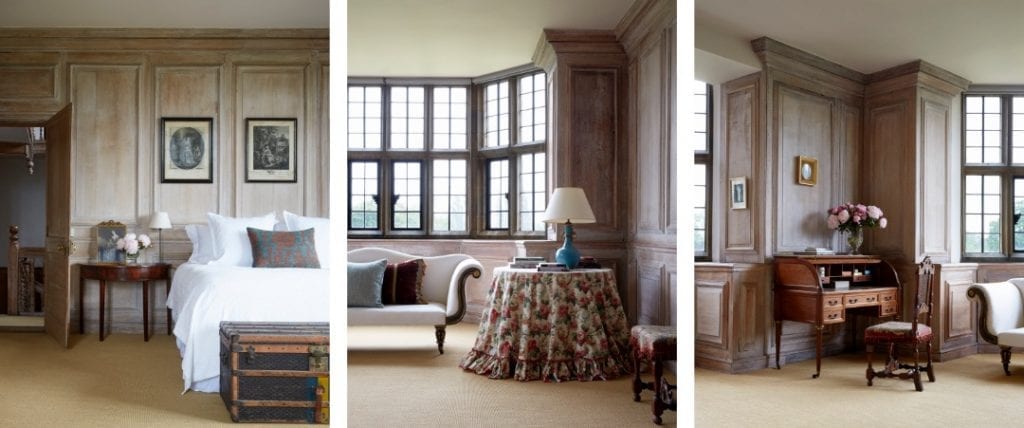
The Oak Room, features oak-paneled en-suite with views over the lake and gardens.

The Viscount Wimborne Suite is the master bedroom of the manor house. It features a large adjoining dressing room and en-suite.
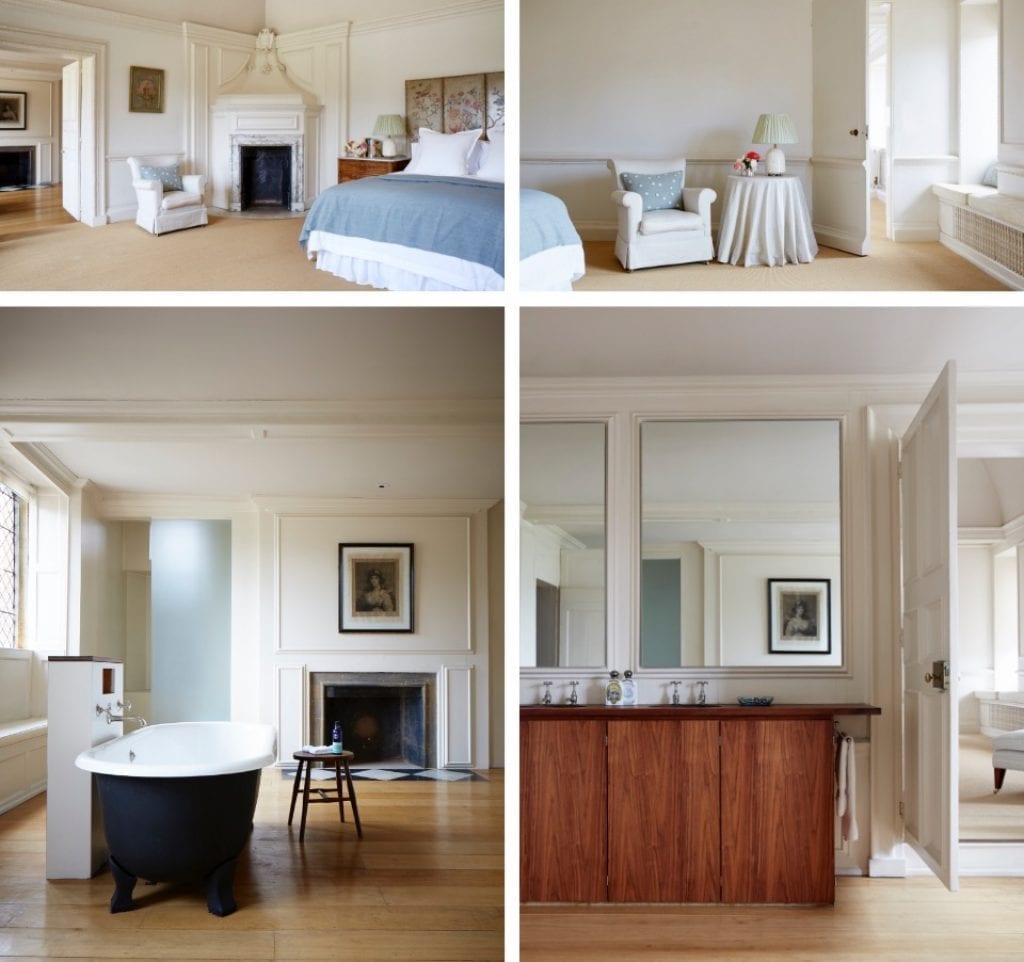
Lady Wimborne’s Boudoir, featuring an en-suite with a large bathtub.
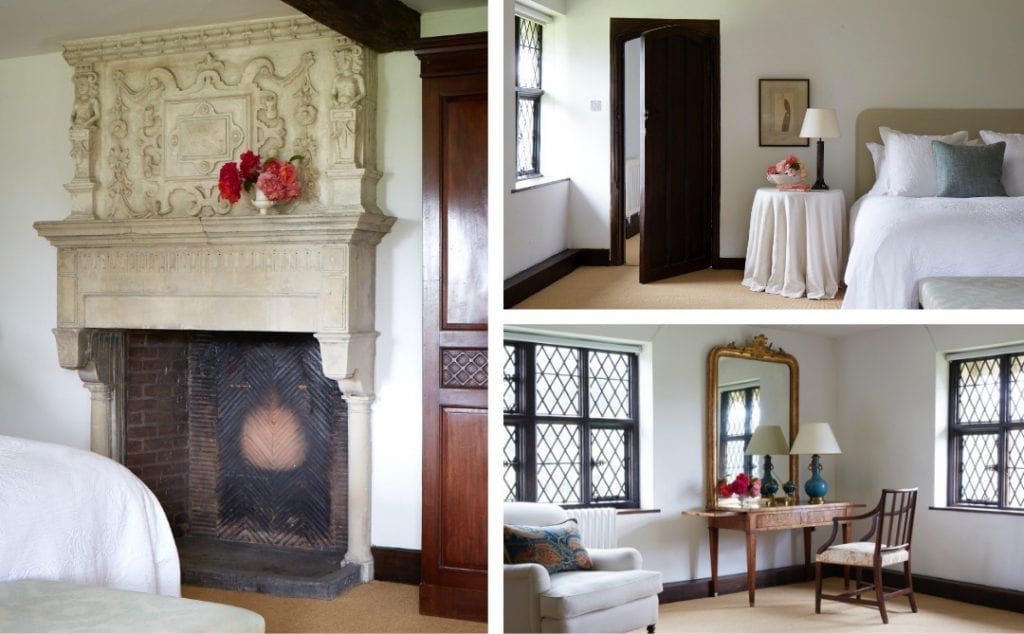
The Ipswich Suite features views over the lakes.
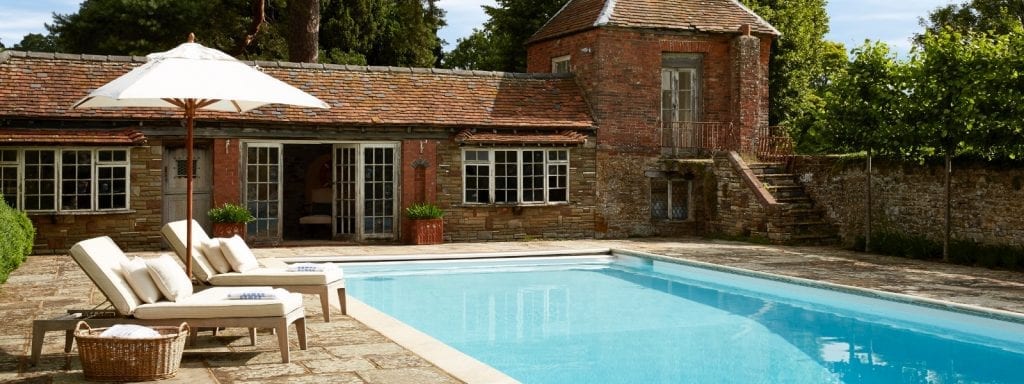
Outside you will find a swimming pool and tennis court.

The south-east facade of the house.
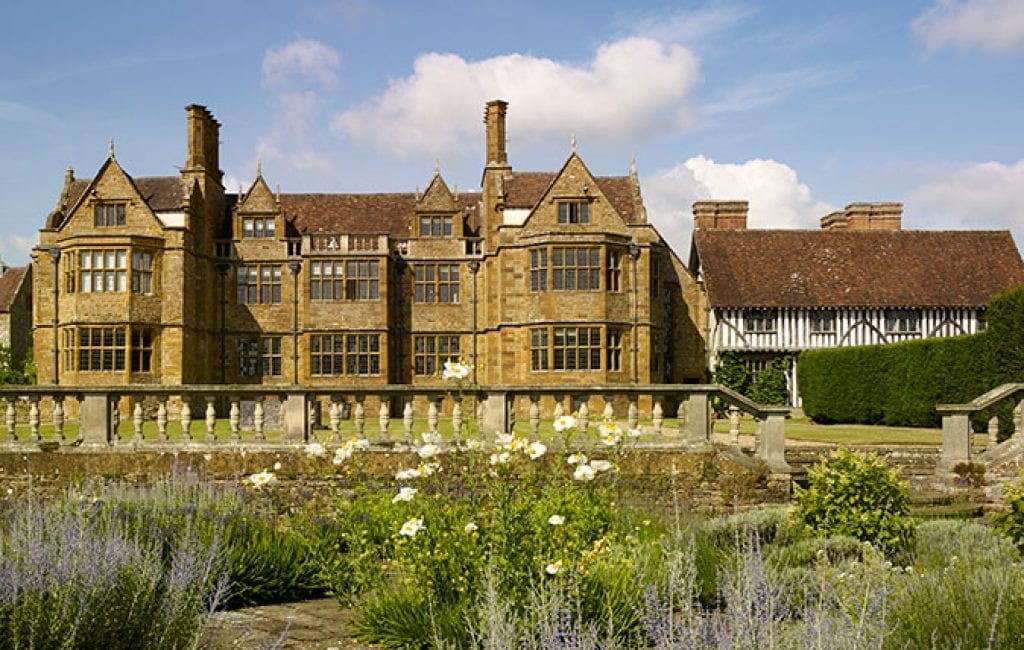
The rear of the property as seen from the garden.
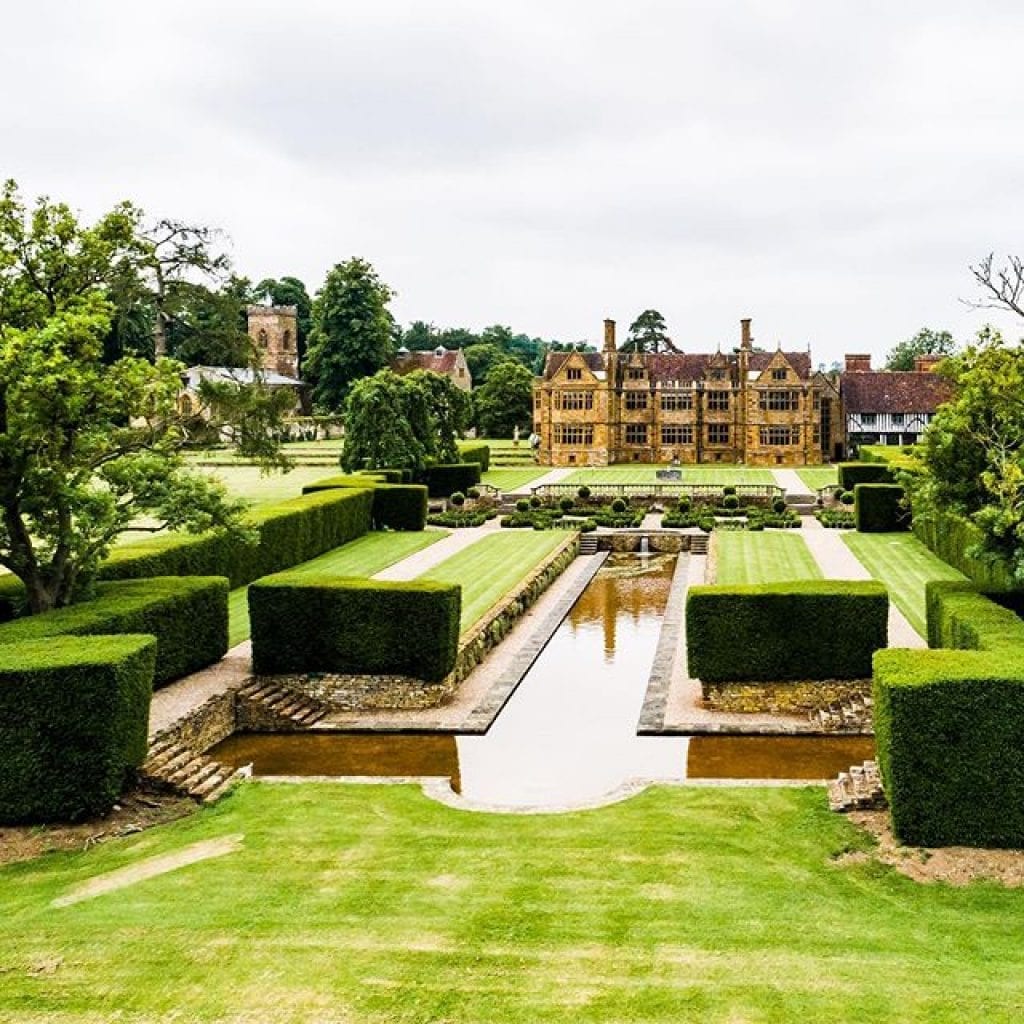
A view from even further back, with the landscaped gardens in view. You can also see the village church in the far left of the photo.
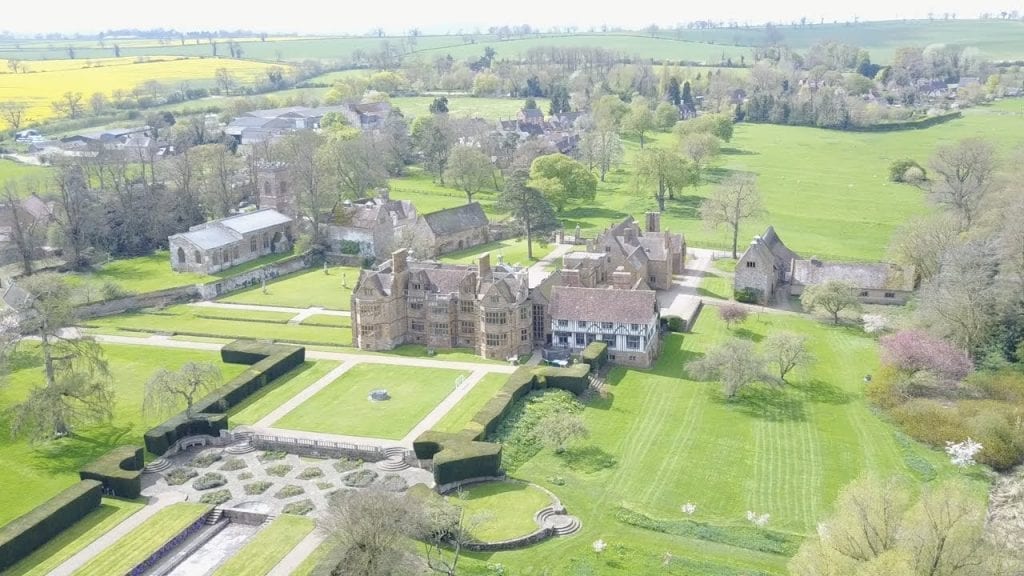
This aerial view shows just how large the house is. Even from this distance, you can’t see the pool house, tennis court or fish ponds which are out of shot.
If you like Ashby Manor House, then you may also be interested in Astwell Castle, located just 20 miles away.


